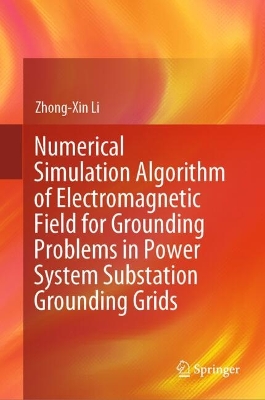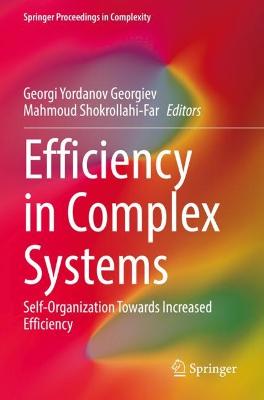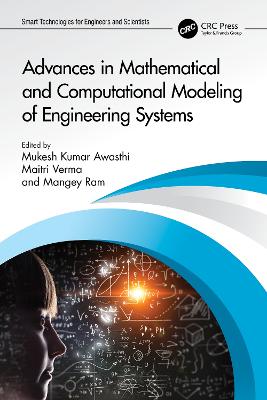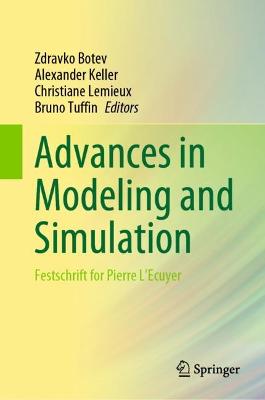Introduction to Mathematical Modeling and Computer Simulations
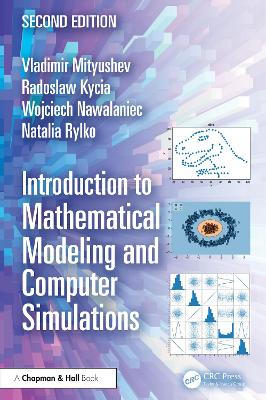 portes grátis
portes grátis
Introduction to Mathematical Modeling and Computer Simulations
Kycia, Radoslaw Antoni; Rylko, Natalia; Mityushev, Vladimir; Nawalaniec, Wojciech
Taylor & Francis Ltd
12/2024
330
Dura
9781032661513
15 a 20 dias



